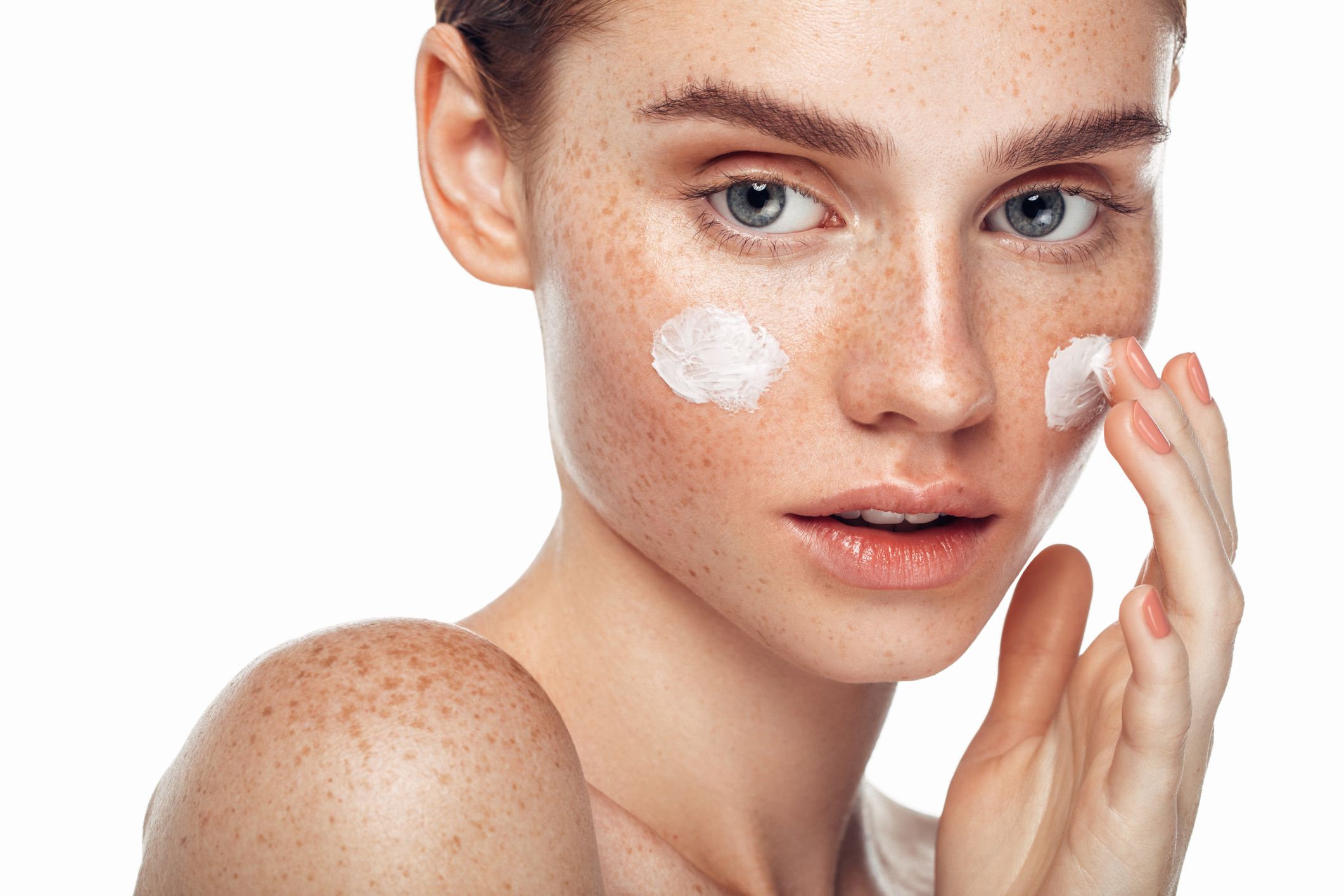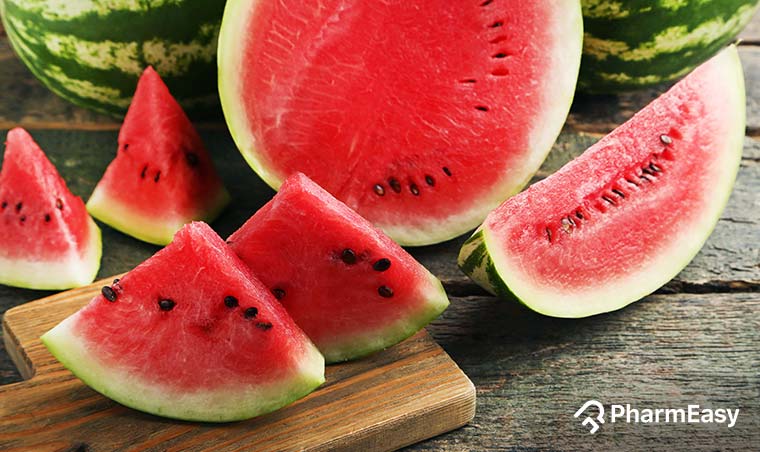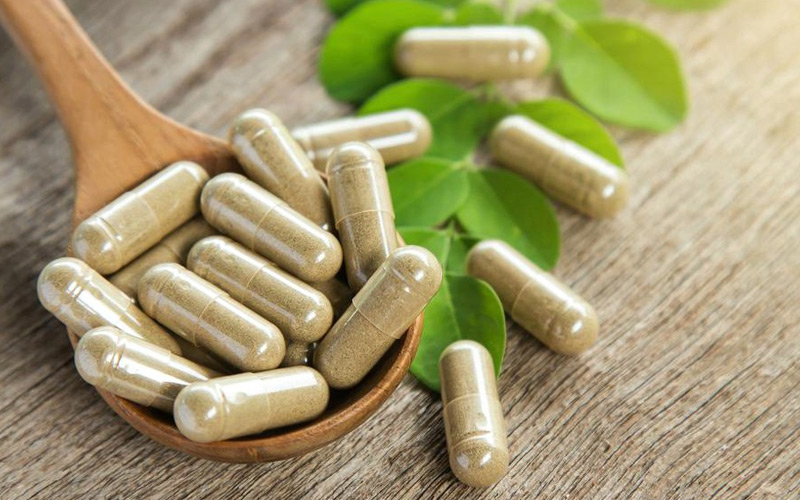Surprisingly, the acid that occurs naturally comes from barley, rye grains, and wheat and is part of a family called carboxylic acids. It is known that azelaic acid has antibacterial, anti-inflammatory, and antioxidant properties that make it useful in treating skin conditions such as acne and rosacea.
Azelaic acid is a saturated dicarboxylic acid that is naturally present in wheat, rye, and barley. It is a natural product produced by Malassezia furfur (also known as Pityrosporum ovale), a leaven that lives on healthy skin. Azelaic acid 20% is effective against various skin conditions, such as mild to moderate acne.
It prevents acne-causing skin bacteria from growing and works by cleansing the pores of the skin. Azelaic acid 20% may have antimicrobial activity due to inhibition of the synthesis of microbial cellular proteins.
Mechanism of action Azelaic acid
The exact mechanism of action of azelaic acid is not precise. Azelaic acid is believed to reveal its antibacterial activity by inhibiting cellular protein synthesis in anaerobic and aerobic bacteria, especially Staphylococcus epidermidis and Propionibacterium acnes.
In aerobic bacteria, azelaic acid reverses several oxidative enzymes, including tyrosinase, the mitochondrial enzyme of the respiratory chain, thioredoxin reductase, 5-alpha-reductase, and DNA polymerase. In anaerobic bacteria, azelaic acid hinders glycolysis.
Azelaic acid, along with these actions, also enhances acne vulgaris by normalizing the keratin cycle and reducing the growth of microcomedo formations. Azelaic acid can be effective against both inflammatory and non-inflammatory lesions.
In, azelaic acid decreases the thickness of the stratum corneum, shrinks the keratohyalin granules by reducing the volume and distribution of filaggrin (a part of keratohyalin) in the epidermal layers, and reduces the number of keratohyalin granules.
Will Azelaic Acid Help Fight Acne?
The acid’s antimicrobial properties fully assist with acne, but the ingredient also goes a step further: treating acne, as well as associated hyperpigmentation.
Will azelaic acid reduce redness?
Applying azelaic acid 20% for rosacea, and various dermatologists agree that perhaps the best benefit of azelaic acid is its ability to treat acne, rosacea, and post-inflammatory acne all at once.
Can I use 20% azelaic acid daily?
It is an ideal option for people with sensitive skin – it can be used every day. But if used in the morning, be sure to coat on SPF later, as the acid will make the skin more UV sensitive. (It should be used before cleansing and applying layers that care for your skin.)



